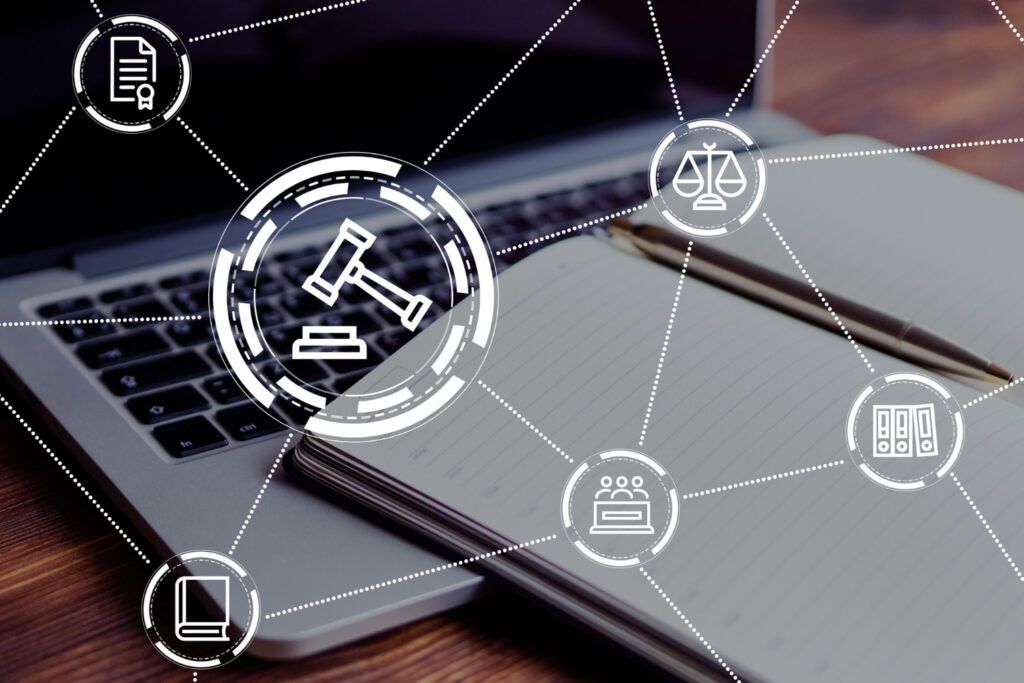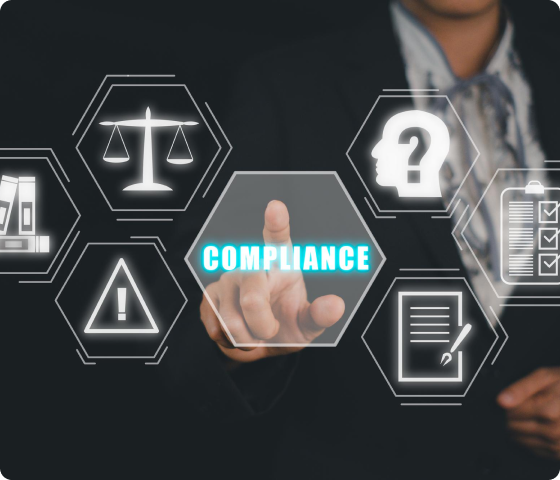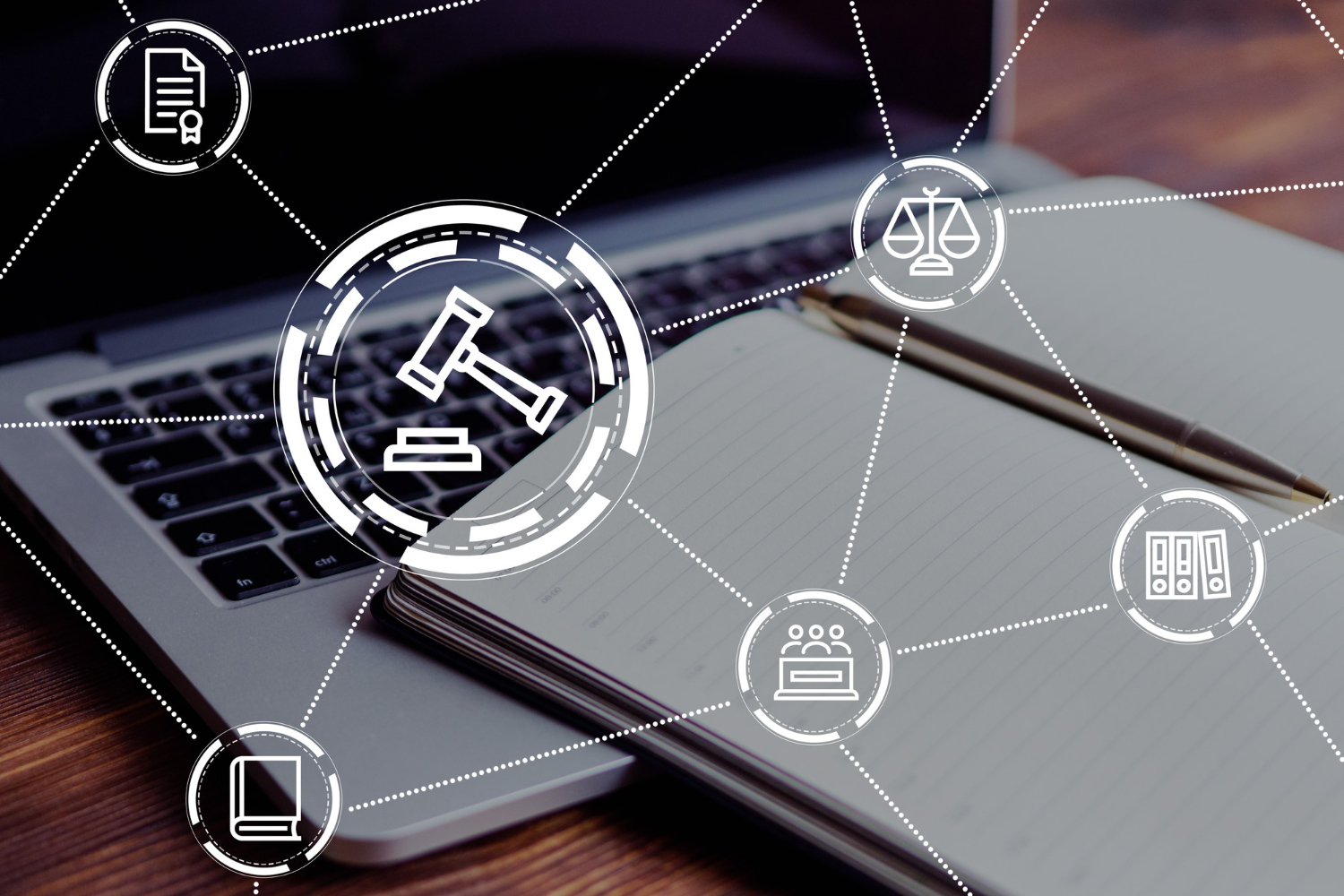Cyber incidents no longer exist in the abstract—they're not just about government agencies, tech companies, or multinational giants. They seep into our daily lives, whether through a hospital system being locked out of critical patient records or a fuel pipeline shutdown that leaves entire regions scrambling. A breach at a supplier can spiral into a supply chain crisis, and a hack at a financial institution can mean chaos for thousands of businesses and individuals.
For companies, a cybersecurity breach isn’t just a technical issue—it’s existential. Beyond the immediate damage of stolen data or a halted service, reputational harm can be irreversible. Customers lose trust, partners hesitate, and regulators step in. And in the worst cases? Businesses are forced to close their doors for good.
NIS2: A Necessary Evolution?

Recognizing the rising stakes, the European Union has put forth the NIS2 Directive—a legislative push to fortify digital defences across industries that are vital to the economy and daily life. Unlike its predecessor, NIS2 expands its reach to more sectors and enforces stricter security measures.
But here’s where businesses get it wrong: too many see NIS2 as just another bureaucratic burden, a compliance headache with heavy fines attached. But it can be viewed as more than just making companies jump through regulatory hoops—it’s about safeguarding Europe’s digital backbone from the growing wave of cyber threats. We should think of it as digital hygiene: just as food safety laws protect what we eat and workplace regulations ensure physical safety, cybersecurity must become a baseline expectation, not an afterthought. The NotPetya attack in 2017, which crippled Maersk and cost the company hundreds of millions, was a stark lesson in how unpatched vulnerabilities in one system can cascade into worldwide disruption. NIS2 aims to prevent precisely that.
The Politics of Cybersecurity: Sovereignty vs. Compliance

The road to implementation was fraught with tensions. Cybersecurity became a political matter. The directive had reignited debates across the EU about the balance of power between national governments and Brussels.
Countries like Hungary and Poland have pushed back, wary of what they see as a Brussels-led encroachment into national security matters. Cyber defences, after all, touch on sovereignty, and the idea of a centralized regulatory framework mandating security measures was seen by some as a step too far. Germany, with its traditionally strict stance on data privacy, was initially sceptical of the directive’s broad enforcement powers, fearing conflicts with existing national frameworks. End of November 2024 however, the European Commission decided to open infringement procedures by sending a letter of formal notice to 23 Member States) for failing to fully transpose the NIS2 Directive, Germany and Austria included. It is a message: no excuses.
The private sector has its own concerns. Large corporations, particularly in telecom, energy, and finance, argue that NIS2 introduces operational burdens that could slow down business growth. Some executives worry that increased reporting requirements and stricter risk assessments might create excessive red tape, potentially hindering innovation. And then there’s the elephant in the room: the cybersecurity skills gap. With an estimated 300,000 cybersecurity positions unfilled in the EU, businesses are struggling to find the talent needed to meet NIS2’s requirements.
While the directive is already adopted and applicable, many member states still struggle to transpose it as intended. The reality both on state and business level, however, remains simple: compliance is no longer optional. But rather than seeing NIS2 as a rigid framework imposed from above, organizations should treat it as an opportunity to build resilience in a time when digital threats are only growing in sophistication.
A strong cybersecurity posture isn’t just about checking compliance boxes—it’s about embedding security into the very fabric of an organization. That means:
- Understanding risk beyond your own walls. Supply chain vulnerabilities, like those exposed in the SolarWinds hack, demonstrate that no business operates in isolation. Organizations must assess not only their own security but also that of their third-party vendors.
- Creating cybersecurity frameworks tailored to real-world operations. Businesses can’t simply adopt a one-size-fits-all approach. Security needs to align with industry-specific challenges and operational realities.
- Building security into decision-making. Cybersecurity shouldn’t be an afterthought or left to an overstretched IT department. It requires buy-in from leadership, integrated into risk management strategies, and aligned with business goals.
For companies that take this seriously, NIS2 won’t be a compliance hassle—it will be a competitive advantage. Strong security signals reliability and trustworthiness, essential qualities in an increasingly volatile digital economy.
The Bottom Line: Adapt or Risk Being Left Behind
Cyber threats aren’t waiting for businesses to catch up. Ransomware gangs, state-sponsored hackers, and sophisticated criminal networks are evolving faster than ever. Whether companies see NIS2 as a burden or an opportunity will determine not just their compliance status, but their resilience in an era where cybersecurity is non-negotiable.
Cybersecurity isn’t just something you read about in the news and forget. It’s already shaping the future of business, politics, and society. The only question is whether organizations will adapt—or risk becoming the next cautionary tale.


